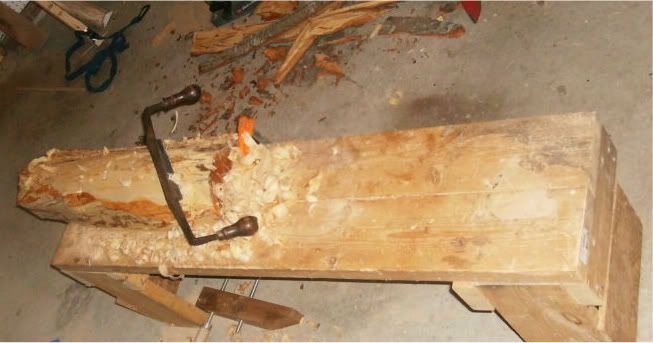Sure you can - the wood doesn't care if it's a carving or a bowl.:gar-Bi
I did exactly this a couple of months ago with a few poplar oblong dough bowls roughed out of half-logs. The wood was quite wet, so I rough-carved it to about a 3/4" wall thickness, then put it in a plastic white kitchen garbage bag. Over the next several weeks, I pulled them out whenever I felt like working on it, then returned them after a couple of hours. It worked like a charm - they were dry enough to finish-carve in about 3 months.
However, one thing I'd recommend is making you're rough carving longer than the planned finished dimension. End grain checks are a tough to completly avoid, so if you make each end about 2 inches longer than the finished piece, you've got some insurance when the piece dries sufficiently to not take any more precautions by placing them in a bag, immersing them, etc...
By the way - while it's true that bark will slow down th drying process (good), it can also harbor insects (potentially very bad). For that reason, I'd highly suggest that you remove all bark before taking this wood into your shop. The shop is usually a better place to dry it if it's in a bag vs. outside, unless your shop is an un-airconditioned garage that gets very hot in the day.




